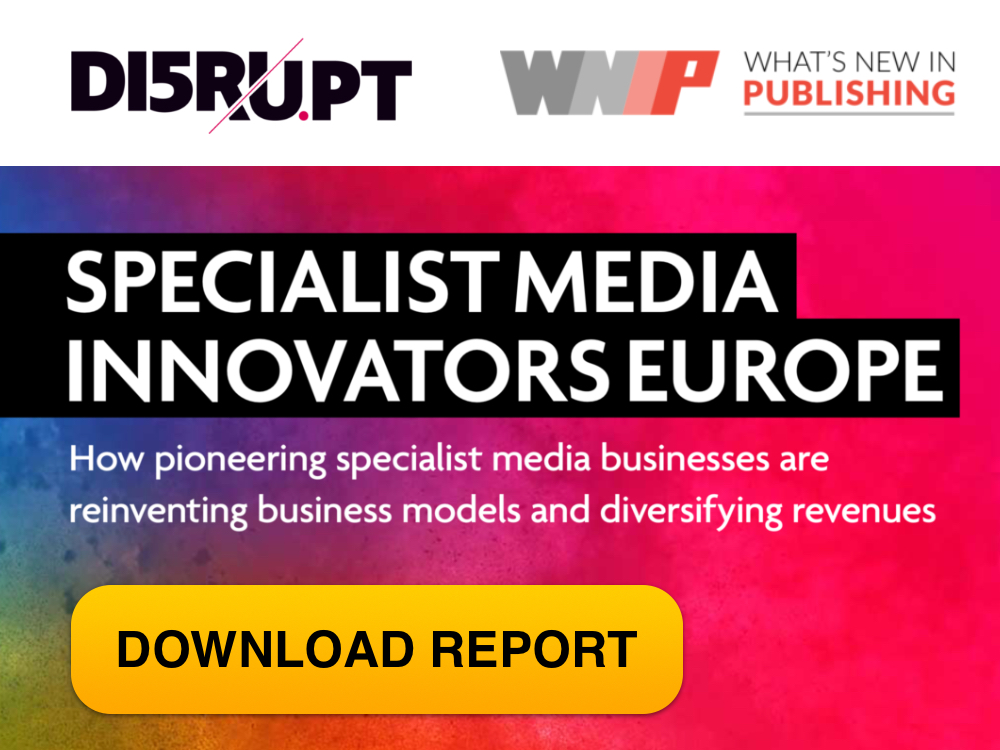|
Getting your Trinity Audio player ready...
|
The ongoing coverage of the future of cookies, as dictated by Google, has focused a lot on how publishers will be squeezed the hardest. It’s not hard to see why: three parties dominate the ad market and many publishers are struggling with revenue as it is. The inability to sell targeted opportunities to their on-site audience via third-party cookies only complicates things more.
As advertisers look for alternatives besides simply sending all of their money toward the walled gardens, they’re investigating new sources of data, including contextual. Publishers should be investing in this resource as well, because it could be an easy way for them to share their insights and package and sell audience segments for more revenue, all without cookies.
Large publishers already know that they are sitting on top of a wealth of knowledge about their site visitors. They’ll still own these insights going forward, because it’s their first-party data. This data helps publishers know what their audience considers important, and those well-versed in commerce-enabled or shopping decision content know what’s important to someone who ultimately buys a specific product. A big publishing group with many owned and operated sites knows the shopping path and content these consumers are spending time with for new products or services before they land on the purchase conversion link.
Those insights are incredibly helpful to advertisers making direct deals with publishers, especially in the lucrative field of content commerce, where expert recommendations and reviews can drive consumers directly to a purchase. While publishers must apply this data to their sites, these insights can have a broader market appeal beyond their own inventory.
The idea of publishers packaging insights and selling them for open-market programmatic buys is hardly new. Many have been pushing audiences as reach extension tools through data marketplaces, and they bring additional value to their advertiser partners while offering publishers incremental monetization. Selling shopping intelligence based on contextual-based insights is another way to do this, without running into any challenges around audiences.
If you’re a publisher that sells a lot of mobile devices through commerce partnerships, then you should have a very good idea of what content elements matter to would-be buyers. If future buyers spend a lot of time comparing battery life against other phones, or engaging with content on warranties, or looking up camera resolution, those are all valuable insights. This contextual intelligence can be applied in the same manner as a reach extension strategy. The difference in the new world is that a publisher can create first-party contextual segmentation and targeting profiles to be applied on their advertiser’s reach extension programs.
This opportunity is open for publishers who don’t have content commerce strategies as well. If a publisher knows the makeup of their audience, based on cookie intelligence, then they can look at the pages and context that are important to that audience and make groupings that then serve as a proxy for that audience. Because these proxies are based on contextual signals, they will survive the coming changes.
So, if we’re talking about a business technology site, right now a publisher can see the type of granular content CIOs visit and then map out this segment’s interests. Those pages then become a contextual CIO segment, because of the high probability of reaching CIOs. This contextual intelligence is then applied on their off-platform business, which can help future-proof this part of their offering.
In the new era, post-cookie, accessing this kind of information outside of the O&O properties becomes even more valuable, and solves a key challenge for both publishers and their advertising partners. Selling this intelligence and making it available for pre-bid programmatic decision making. At the same time, applying first-party contextual intelligence across their reach extension portfolio should emerge as a valuable way for publishers to shore up their solutions, all while maintaining a privacy-safe methodology.
Mario Diez
CEO, Peer39
Peer39 is an independent data company that provides the largest data set available in the digital advertising ecosystem. Every day, the industry’s leading brands, agencies, and publishers trust Peer39’s AI-powered semantic analysis engine to provide a holistic understanding of page content, meaning, and sentiment. We do this by analyzing the relationship between words on a page, the content of a video, or in an app, ensuring appropriate classification.



